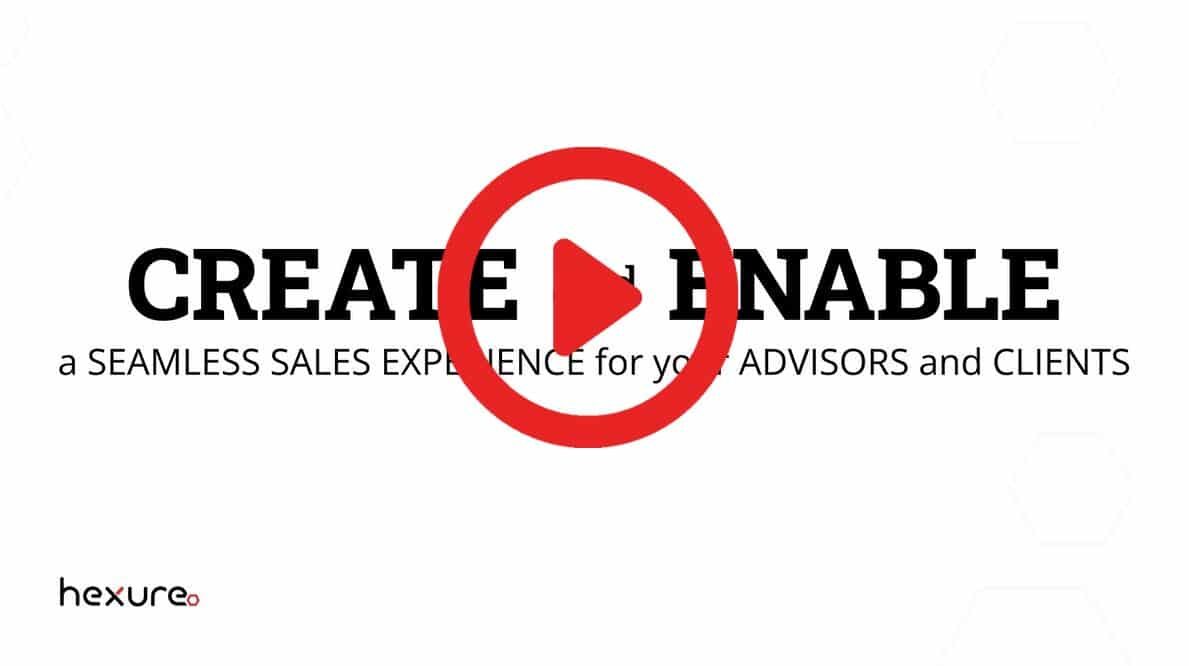Broker-Dealer Cultural Shift
Spotlight Issue 2 – 2013
The broker-dealer community appeared to heave a collective sigh of relief with the additional guidance offered through Regulatory Notice 12-55 regarding Suitability. It’s no surprise; particularly regarding the definition of a “customer”. With the clarification that a customer is someone who actually listened to an advisor’s recommendation(s) and from which the advisor was compensated “directly or indirectly”, it effectively eliminates the possible double-whammy of not being compensated for the pearls of investment wisdom offered while still being exposed to the potential fines levied by FINRA as a result of a nonexistent transaction. No transaction, therefore no compensation, therefore no suitability requirement… What’s not to love about that?
The additional guidance offered regarding what constitutes an “Investment Strategy”, parsing the difference between “Explicit” and “Implicit” hold orders, and when transactions involving a customer’s non-security investments impose a suitability obligation for the advisor, are all quite helpful.
However, simple questions didn’t necessarily beget simple answers. It is the answers to short questions that became multiple paragraphs of additional guidance rife with “quotations”, [insertions of missing text], and end-note references942 leading to end notes of small-print paragraphs of “including, but not limited to(s)”; and case citations of “Them v. Somebody Else”, that may lead some to conclude that it still isn’t going to be easy. [Complexity Intended]
It is the actual experience of broker-dealers in the audit cycle that may lead to the conclusion that a cultural shift may be required within some broker-dealers to effectively and efficiently cope with the new suitability obligations. The confluence of a number of factors may drive this cultural shift—not just suitability.
The Tale of Two “Independent” Broker-Dealers
Over the years, many firms have taken on the role of technology screener on behalf of their advisors. In some cases, this may have been intentional in order to keep advisors in their comfort zone of working with customers and placing orders rather than retraining to become part-time technologists. In other firms, their technology screener role may have been a simple byproduct of the firm, researching solutions for their own needs. Regardless of how they arrived, we’re seeing two distinct approaches to this role.
Among independent broker-dealers, the most common approach to this role has been, and still is, the offering of a technology tool box. In these scenarios, a BD establishes a short list of solutions that they “endorse” and the decision is generally left to the advisor regarding which of the various CRMs, sales presentation, document storage, etc., that they may want to use. Additionally, the advisor can choose to use, or not use, these solutions on a case-by-case basis. It’s an approach completely consistent with the all-important descriptor the channel itself and of the people attracted to it; “Independent”.
Another model has been taking shape. The technology screening is still taking place, but the resulting operational environment is different. The technology tool box is still there, but there is a significant difference from the former scenario. Firms are standardizing on a single solution of each type for the technology tool box; or what may be more fitting, a technology platform.
What is driving the “Technology Platform”?
The first easy answer to almost any question about what is driving change in the BD space… Why the acquisitions? Why the mergers? Why the technology platform? Answer: Shrinking Margins.
Regardless of whether you’re looking at the advisor level or the firm level, efficiency is one of the first avenues to controlling costs when margins get tight. What are we doing right? What needs improvement? Are we doing anything more than once? Why? How do we leverage work already done? Easy – the answer has to be technology! Right?
Well, not so fast. All firms need to address their specific requirements when it comes to systems for communication, account opening, suitability, clearing, electronic fulfillment, document management, data management, compliance, compensation, to name a few. The efficiency we’re looking for can only be achieved through proper definition of system requirements, selection of solutions, integration, and most importantly—adoption.
Though some solution providers have attempted to offer a single platform that meets all needs, these platforms have been met with some skepticism. In our experience, broker-dealers prefer to select a best-of-breed solution in each functional area rather than looking for a single platform that could be all things to all people. It just isn’t at all likely that any one provider could ever offer best of breed functionality in all functional areas.
Once solution selection is complete, the challenge shifts to streamlining processes and gaining efficiencies through integration of tools from disparate providers. Looping back, one of the key requirements for solutions will be if the provider is willing to play nicely (integrate) with others. Technology solutions that may be very good at what they do, but those that don’t play nicely with others will likely become a thing of the past.
Suitability and Technology: The Cultural Shift The diverse areas of suitability and technology will drive a cultural shift among broker-dealers, driven by a pursuit of efficiency and effectiveness.
As discussed, selection of “best of breed” applications will still be an independent choice at the firm level. Integration will be among the key determinants of selection from best of breed applications in order to drive efficiency of advisors and the firm. It is at the point of integration that independence of the “Tool Box” approach, with the accompanying many-to-many integration requirements will be replaced by the more easily managed “Technology Platform”.
Patterns becoming evident in the enforcement of the suitability regulations are also driving toward a “Technology Platform”. Having defined processes and being able to demonstrate consistent adherence to those processes is critical. Every area of compliance, from collection and maintenance of transaction and customer data to demonstration that designated supervisory staff reviewed the transaction, is more efficient with the “Technology Platform”. Depending on the technology selected, full audit trails of each transaction and activity at the firm level can be provided to support audit documentation and demonstrate adherence to processes.
Knowing that the requirements include consistent adherence to written supervisory procedures is critical to a successful FINRA examination, the next extension of the cultural shift is from making the “Technology Platform” an option tool to requiring its use. The independent nature of the BD channel will meet pressure to change.
Is this shift a certainty? The answer will vary by broker-dealer. However, the underlying driver of much of the change in the BD space—shrinking margins—will be the determining factor. The “Technology Platform” shift is well under way. With margins shrinking and average suitability fines growing (in excess of $100,000 per incident), firms will be forced to mitigate that exposure in some way. Consistency of processes will be enforced; either on each advisor, or possibly through services offered by some BDs that adhere to the processes on the advisors behalf. The hard costs of fines and the soft costs of reputational risk for the BDs and their advisors will outweigh the cultural paradigm of independence in the long run.
Del Lang
SVP, Strategic Relationship Management
Insurance Technologies




